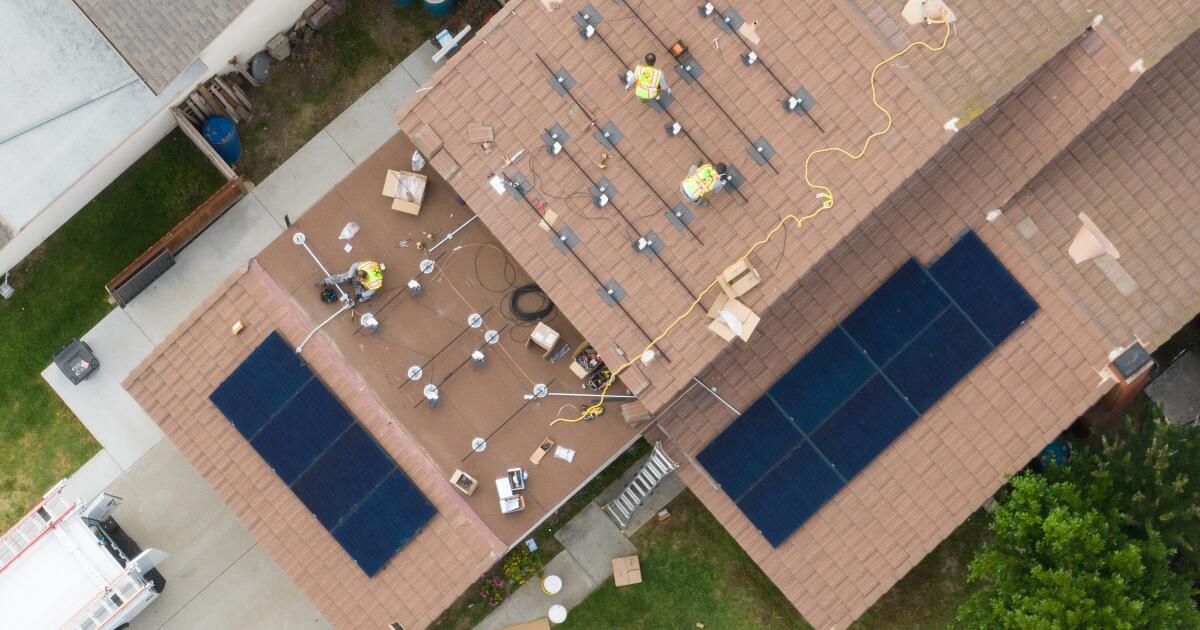But critics insist the costs of those solar panels are beginning to outweigh the benefits.
Incentive payments to homes with solar, they say, have led to higher electricity rates for everyone else — including families that can’t afford rooftop panels. If so, that’s not only unfair, it’s damaging to the state’s climate progress. Higher electricity rates make it less likely that people will drive electric cars and install electric heat pumps in their homes — crucial climate solutions.
The solar industry disputes the argument that solar incentive payments are driving up rates, as do many environmental activists. But Newsom’s appointees to the Public Utilities Commission are convinced, as they made clear Thursday.
“We need to reach our [climate] goals as fast as we can,” said Alice Reynolds, the commission’s president. “But we also need to be extremely thoughtful about how we reach our climate change goals in the most cost-effective manner.”
When I am having a stroke, I don’t stop and calculate of the most cost effective treatment options. I go to the emergency room. We could have done this calculation in 1970 and acted, but that ship has sailed.


I’ve never had to hook up a new place to infrastructure (though I did have to price it out once before deciding it wasn’t worth it), but yeah, it’ll just be a flat cost.
To steal a metaphor from my other comment, though, the way it works right now is like if you could grow a bunch of tomatoes over the summer and drop your extra off at the grocery store, and then when the winter comes around, you just went and grabbed the same amount off their shelves. It’s disregarding the fact that tomatoes cost more in the winter cause they have to be imported or hothouse grown.
To continue the metaphor, though, they would need to pay an employee to check all your tomatoes to make sure they were safe to eat and up to standards, and make sure there aren’t pests hitching a ride that would destroy their own tomatoes. This is made a little more complicated by the fact that grocery stores can and do charge more for those tomatoes during the winter, but power companies usually have to offer a flat rate. What they are trying to do now is price all of that in, so instead of getting the year-round on-the-shelf price, you’d get the summer wholesale price. At that point, you’d decide if you still want to sell your tomatoes, or you could start canning.
So based on my energy bill, “green” energy actually costs more than fossil fuel produced energy, so based on that your analogy is flipped - you are giving them the more expensive tomatoes.
Additionally, electric bills in all places I’ve lived in include a flat monthly fee that they charge just to connect to the grid. This pays for the employees you’re mentioning.
I’ve never been in a place where you can actually use net metering all the way to a zero dollar electricity bill, unless you’re selling more power to the electricity company than you use, and they give you enough of a credit to cover the monthly flat fees.